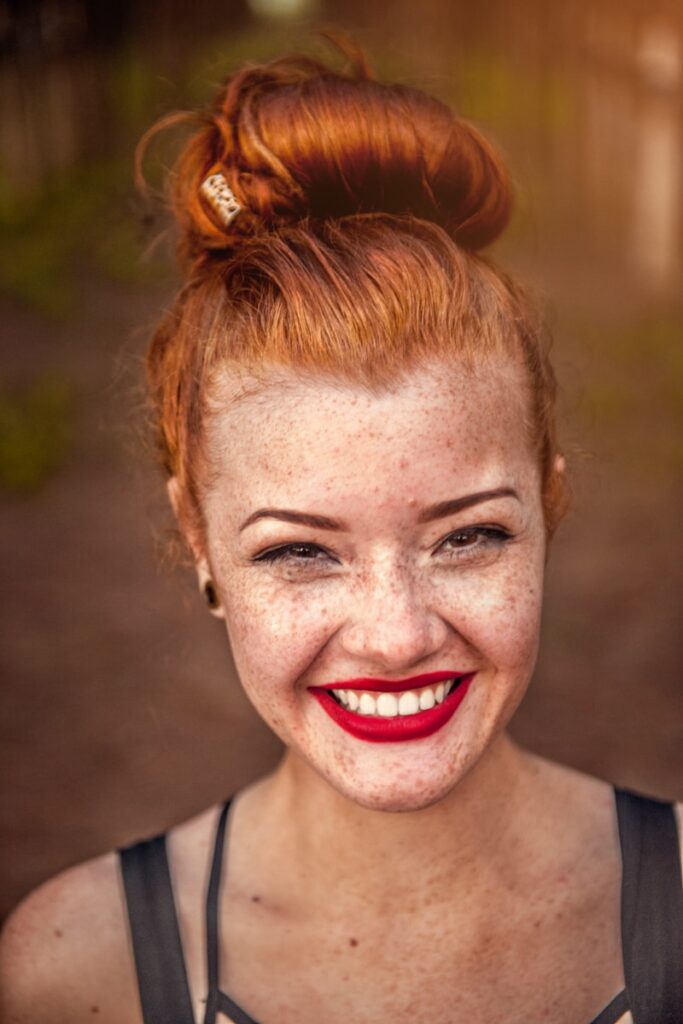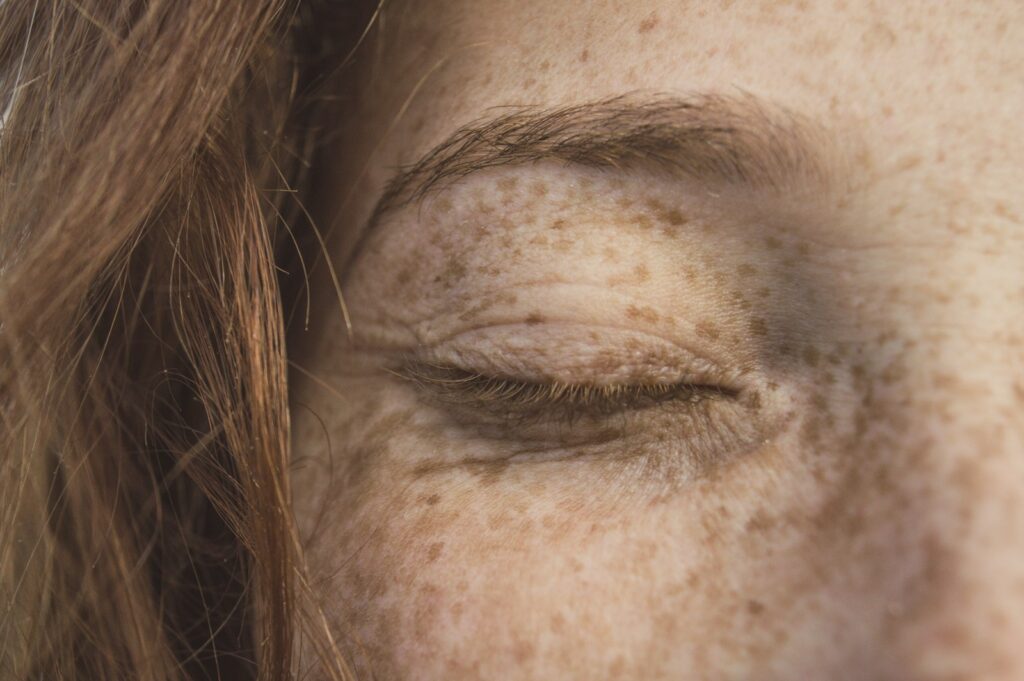Physical Address
304 North Cardinal St.
Dorchester Center, MA 02124
Physical Address
304 North Cardinal St.
Dorchester Center, MA 02124

Freckles are beautiful and for a long time freckles were not wanted. Today they fake them with make up or even tattoo them on.

They are spots that come as soon as the sun comes out. They are cells which have more melanin than others.This is the pigment that makes sure we tan in the summer and our skin gets nice tanned and bronzed.
Freckles are genetic. Especially red heads have them the most. They and all other light skinned people have them very often.
Back in the day, especially the victorian times, the lighter you were the higher in status you were. Tanned skin was associated with manual labor outside, like on the fields. Being pale meant your are rich and in the house. Already back then they used powers and medications to keep as pale as possible. Also poisons was part of the tinctures.

But today all is different. There is a Freckle Mania. This is also because the picture of being wealthy changed. Today wealthy stands for jet setting and being active in the outdoors. But suntanning is not trendy either, because of health reasons, but the freckles are in. On YouTube and TikTok you find countless videos that show how you can fake freckles. There are freckle pens or longer lasting versions with henna. There are even extremes and many permanent make up studios offer to tattoo freckles as well. But the expert can tell if they are fake, and now you too, if there are there in the winter as well, they are fake.
Freckles are small, flat, light to dark brown spots that typically appear on sun-exposed areas of the skin. They’re caused by an increase in melanin, the pigment that gives skin its color. While freckles are often genetic—more common in people with fair skin and red or light hair—there are a few natural and cosmetic ways to enhance or create a freckled look.
The most natural way to develop freckles is through moderate sun exposure, especially in people with a genetic predisposition. UV rays stimulate melanin production, which can bring out freckles over time. However, it’s crucial to use sunscreen to protect your skin from harmful UV damage. SPF won’t stop freckles from forming, but it will help prevent burns and reduce the risk of skin cancer and premature aging.
For those who don’t naturally freckle, makeup is a safe and reversible option. Use freckle pens, eyebrow pencils, or even henna to dot on faux freckles. Choose a light brown shade, and apply them irregularly across the nose, cheeks, and forehead for a realistic look. Gently pat them with your finger or a makeup sponge to soften the appearance.

Some people opt for freckle tattoos, also called semi-permanent freckling. This involves tattooing pigment into the skin to mimic natural freckles. Results can last several months to a few years. It’s important to go to a reputable technician and understand the risks, such as fading, discoloration, or infection.
Some skincare products may help enhance natural freckles by evening out the skin tone around them or slightly increasing sun sensitivity. However, this should always be done under dermatological advice.
Whether real or cosmetic, freckles add a unique charm to your complexion.
Freckles are usually harmless clusters of melanin caused by sun exposure or genetics. However, it’s important to monitor them over time to ensure they remain healthy and aren’t confused with potentially dangerous skin changes, such as melanoma. Here’s how to keep your freckles healthy:
Use the ABCDE rule to check for warning signs that a freckle or mole might be abnormal:
Harsh bleaching creams or laser treatments can irritate the skin or cause uneven pigmentation. Always consult a dermatologist before using skin-lightening treatments.